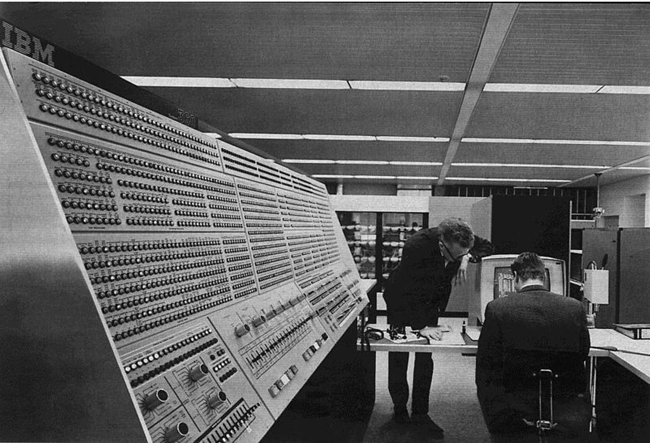Opposition leader Bill Shorten recently announced Labor’s Plan for Coding in Schools. In a nutshell,
A Shorten Labor Government will ensure that computer coding is taught in every primary and secondary school in Australia so the next generation have the skills they need for the jobs of the new economy.
Coding is the literacy of the 21st Century, and every young Australian should be able to read and write the global language of the digital age.
I can agree with that and the rest of the text, although it speaks of future developments and need, whereas I would note that many of those developments took place over say 20 years ago and the need has existed for quite some time – still, better late than never, right? And for a politician, catching up to an old idea doesn’t look so sexy as pretending it’s a brand new issue they have identified and jump on.
Prime Minister Tony Abbott responded in parliament:
Let’s just understand exactly what the Leader of the Opposition has asked. He said that he wants primary school kids to be taught coding so they can get the jobs of the future. Does he want to send them all out to work at the age of 11? Is that what he wants to do? Seriously? Seriously?
After all, when you don’t understand something, you make fun of it and draw it into the ridiculous. Sigh.
Leon Sterling of Swinburne Uni wrote about the relevance of kids learning coding last week (An education for the 21st century means teaching coding in schools).
Some people will become programmers and that’s very important, but that’s not at all the main reason for teaching coding. Learning to code is, among many other aspects, a means to practice logic and structured thinking. Those are awesome skills to develop, regardless of what you later do for fun and profit.
OpenSTEM views this topic on an even broader level, we regard it as important that students gain a reasonable level of understanding of the entire STEM space and beyond. Why? Let’s quote master Yoda, just for fun:
“Fear is the path to the dark side. Fear leads to anger. Anger leads to hate. Hate leads to suffering.”
Almost everybody uses computers, the Internet and appliances every day, but very few understand how they work even on a basic level. Is that a problem? Well, it essentially does lead to a lot of suffering. Frustration and anger at wasted time, but also blaming ludicrous causes. And that is a big problem. The realisation whether a suggested cause is realistic or not comes with more knowledge.
When a farmer’s crop fails, long ago they would have said the bad fortune was somehow related to their local gods of choice. We can appreciate such “logic” in the context of their understanding at the time, but we also know that their rituals and remedies were quite ineffective (or worse).
If something happens “to us” and we incorrectly assess the situation, we will not take the appropriate actions necessary to remedy and prevent in the future, nor to keep others safe.
For those more proficient in any matter, they can see this clearly for topics that relate to that matter. Information Technology is so pervasive in our society that it is arguably more important, but in any case it’s very visible and affecting most of us. Broadening our understanding and proficiency is not a luxury but a necessity, both for adequately dealing with issues now, as well as for future developments.
As I mentioned, OpenSTEM addresses this need in a broader sense, for instance in our Introduction to Robotics and Programming program for Primary School senior (approx year 5-6) students. Developing skills is more engaging when it’s for a known purpose, with some results quickly visible – and in this case even in the physical space, which is great for kinaesthetic learners.
In a way this is not even pioneering, as students of around age 10 were involved with Logo turtle programming in the late 60s and early 70s. That’s before the era of the personal computer, the web, etc! We’re catching up with some ideas from 40 years ago. We’re happy to acknowledge that though, it drives us to “get on with it”. This understanding also enables us to have a relevant discussion when people ask whether it’s possible, useful or appropriate to do these things at the senior primary school level.
The students assemble the Mirobots and program them, optionally also soldering the electronics. The students are enabled to explore every aspect of the robots, as there are no secret or otherwise proprietary parts – the mechanics, electronics and software are all open. That’s our particular angle, and we reckon it really helps.
So, back to politics… do our politicians understand all this? They are a product of our society, which has not valued these skills in recent decades. Nevertheless, I do regard the fact that coding is discussed in (ok, I use the term in a loose sense) parliament as positive.






History and Geography are no longer boring and dry, and the material provides a wide variety of topics.
Laura Davidson, Teacher